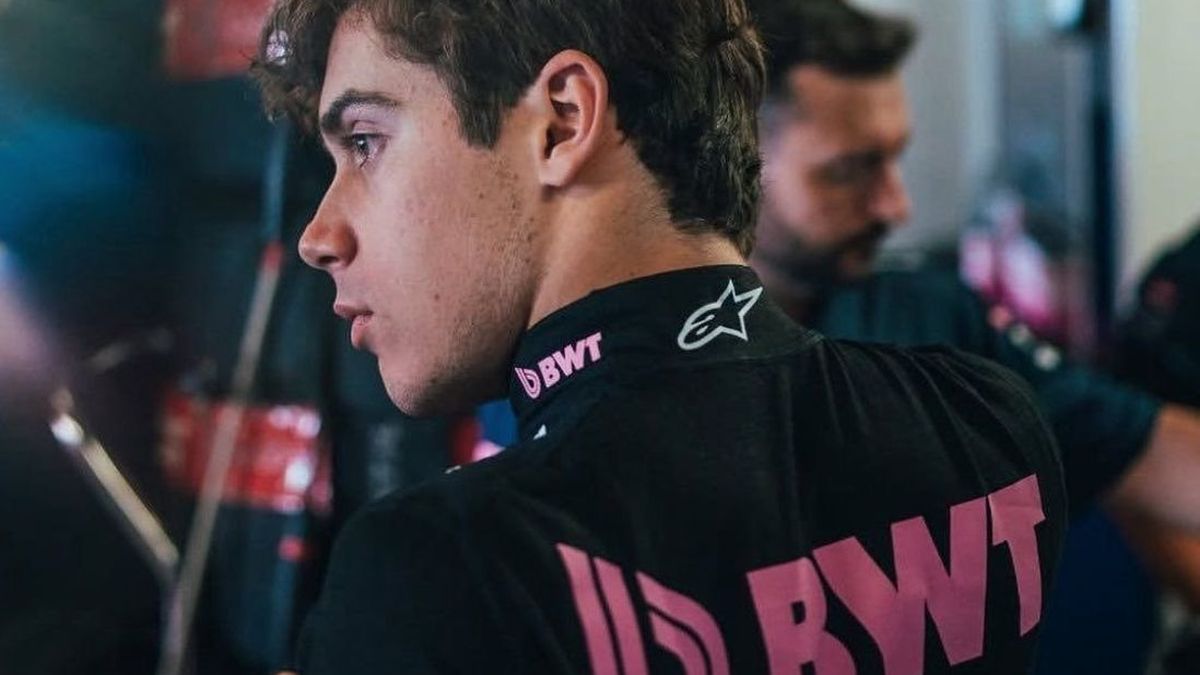
On Lake Constance, large engines for shipping and data centers have been built under the MTU brand for decades. Andreas Schell, CEO since 2017, has to make the traditional company climate neutral. A Herculean task.
When Andreas Schell started his new job in Friedrichshafen on Lake Constance in 2017, his 13-year-old son asked him: “How long will we live here?”
“Why are you asking the question?” Schell asked back.
“The company makes diesel engines,” said the son. “It won’t go well for long.” It was, among other things, this conversation that Andreas Schell opened his eyes and made it clear what he had to do here at Rolls Royce Power Systems. “We are talking about a tremendous transformation,” said Schell, basically the “greatest restructuring in the company’s history”.
Rolls Royce Power Systems, which has a turnover of around 3 billion euros with almost 9,000 employees in 2020, is better known to many Germans than MTU Friedrichshafen, the engines still run under the brand. The long-established company, founded in 1909, has been part of the British Rolls Royce Group since 2014. MTU is known around the world as a manufacturer of large diesel engines, gas engines and turbines and propulsion systems; it supplies a good dozen industries, for shipping, from yachts to tugs, for energy supply, for mining machines, heavy vehicles, military vehicles and railways . See you here in the “Champions League of engine manufacturing”. But: The engines also cause emissions, 109 million tons across the entire value chain. That is roughly the output from Belgium.
“We have really redefined our corporate strategy,” said Schell. “We have changed a functional form of organization that has existed for over 110 years.” By 2030, he wants to reduce greenhouse gas emissions by 35 percent compared to 2019 and be climate-neutral by 2050. Part of the new organization is the new “Sustainable Power Solutions” business unit, which only thinks about sustainable solutions. The first series of engines will be switched to sustainable fuels as early as 2023.
Here on Lake Constance, the aim is no longer just to manufacture engines, but to offer solutions – that run on synthetic fuels or hydrogen. “We wanted to set up a team that would not think about anything else from Monday to Friday evenings and drive the transformation through the company,” said Schell. In data centers, for example, where MTU engines ensure the emergency power supply, fuel cells will be used in the future – the first pilot projects are already underway and they should be ready for the market in 2025. Despite the painful transformation that goes hand in hand with fear for jobs, Schell expects a “golden age for engineers” because many innovations are needed for the restructuring in the mechanical engineering industry.
Despite the fourth corona wave, Schell is optimistic about the coming year. “The order books for 2022 are well filled,” he said. “Some product lines have already been sold well into the year.” However, global supply chains are also a headache at Rolls Royce Power Systems. That ranges from electronic components to raw materials, says Schell. “My personal expectation is that at the current level we will have to struggle with such topics for at least 12 to 18 months.”
Listen in
- How Andreas Schell retrains his engineers at the Karlsruhe Institute of Technology
- How MTU is maintaining production in the fourth wave
- Why Schell walked 250 kilometers through the Sahara
You can find all episodes directly at , or or via .
Source From: Stern
Jane Stock is a technology author, who has written for 24 Hours World. She writes about the latest in technology news and trends, and is always on the lookout for new and innovative ways to improve his audience’s experience.



